
I’ve interviewed a lot of people in my life, but no one as interesting as photographer Sebastian Copeland. While his early work ranged from fashion and advertising to album covers and celebrities, a conversation he had about global warming in the late-’90s changed everything. Suddenly photo shoots with Salma Hayek were replaced with trips to the most inhospitable places on Earth, as the fight for the protection of the environment became his calling.
On Jan. 23, Copeland made history alongside explorer Eric McNair-Landry as the two successfully completed a transcontinental crossing of Antarctica in just 81 days. Battling through frostbite, broken ribs and altitude cough, the self-described “adrenaline junkie” documented every step of the way. So before his forthcoming book and documentary release, I got up with the man himself to hear how it all went down.
*** *** ***
How To Make It: What compels you to do something like this? Did you wake up one day and say, “Hey, I’m going to go walk across Antarctica for three months?”
Sebastian Copeland: Well, you know there’s that great Edmund Hillary quote when asked why he wanted to climb Everest: “Because it’s there.” The answer in that respect could be summed up to that, but in my case there’s a lot going into the climate issue that made the poles a destination for me. I have a rock climbing background, and 10 years ago I saw it as the perfect marriage of my love for the extreme. And nothing communicates warming weather better than melting ice.
How To Make It: But how do you get here from where you began in the photography world?
Sebastian: A couple of things. My grandfather was a surgeon who lived in India under the Raj. He was an avid hunter and did a lot of safaris hunting tigers in East Bengal. Mid-life he traded his gun in for a camera and became an avid safari photographer. In the 1940s, he moved to Swaziland. When I grew up I saw all those black and white photos of wildlife that he had been taking that made me appreciative of nature. I grew up with that influence, and then my other grandfather was a very philanthropic man who taught me to always give back.
In my mid-30s I came in contact with the president of Global Green USA. They deal with a variety of environmental issues, but specially climate change. At the time, global warming was not in common vernacular. It resonated strongly with me and I felt that was finally my calling. And this is one way that I could put my attention behind it. Instead of just doing an initiative, I could take my interest in polar regions and convert that to messaging, awareness and knowledge through photography.
How To Make It: So how did the Antarctica Legacy Crossing come about?
Sebastian: For any explorer or adventurer, the greater the challenge the more your adrenaline is going. There are poles of inaccessibility around the world, and the one on Antarctica is the farthest point from any coast. It’s arguably the most remote place on the planet if you really want to challenge yourself. The Russians wanted to claim an area of Antarctica for their own and built a station there. It’s very remote and has been abandoned and buried in snow since 1958. We were the first ones to get there without assistance on kites and skies. We started from the coast and basically carried everything with us.

How To Make It: Was there a certain timeframe that the trip had to take place? How long did you think it would take?
Sebastian: For me, it was dictated by the first flight in the austral spring. Antarctica is very regulated if you’re looking to rely on search and rescue operations. It’s regulated by a protocol that all nations have to adhere to. You have to apply for all sorts of permits, and there’s basically only a certain window of time you can be there.
We planned for 90 days to complete our mission from east to west. That means 90 days of provisions – breakfast, lunch and dinner – and survival gear, tents, toothbrush, etc. All of that is regulated by weight. We were pulling 400 pounds each in supplies and gear. You start at a low elevation and get to the plateau to start kite skiing. In the beginning, you’re at an incline – it’s just about as much fun as pushing a truck uphill. Your choices are of absolute necessity. Very spartan. You don’t want to be carrying anything you don’t absolutely need.
How To Make It: Did you pack anything that you didn’t end up using?
Sebastian: Not much. I brought a book, The Pillars of the Earth by Ken Follett. It’s an awesome book, but it’s a big book – about 800 pages. I did a crossing of Greenland last year, and on that trip I had brought one book and my partner had brought a book as well. I ended up reading my book in four days, and we found ourselves on Greenland with nothing to read and nothing to do. This time I had an 800-page book and never opened the cover.
How To Make It: Was there anything that you wish you had?
Sebastian: Well, there’s nothing that I needed. The first thing is not something you can bring with you: a hot shower and a hot bath. It’s also nice to sit on a porcelain bowl. (laughs) I’d trade crouching on the ice for a real operating bathroom any day. And then just food. Different food and variety. Eating the same crap day in and day out becomes just about ingesting calories and there’s no pleasure in it. Food loses all its appeal. When you eat pistachios and almonds all day, you can’t look at a bowl for months.
How To Make It: Are nuts the best protein source?
Sebastian: It’s a very handy protein source. Protein bars and nuts work pretty well. Protein, carbs, the right fats – all that you need to build and maintain a fat reserve. I lost 32 pounds on this trip. You study charts beforehand and you’re looking for a manageable food source that delivers a high level of calories.
How To Make It: Did you listen to music at all on the trip?
Sebastian: We had music, although unfortunately for me my iPod just conked out. It worked for the first 25 days or so and then it just died. No matter what I did to it, I would keep it in my sleeping bag and hope it’d come back to life. It was a real bummer. Spending hours kiting on the ice, you develop a great relationship with music. It takes on a completely different dimension on the ice. You’re isolated from the world, and you take very short breaks every hour or so. There’s not much conversation with your partner, because you need to make sure your kite lines don’t get tangled. You spend most of the day inside of your own head.
How To Make It: Before your iPod died, what was in the rotation?
Sebastian: It runs the gamut. I have a few DJ friends and they make me playlists. They make me these chill out mixes of modern house music. I’m an old school guy and love Pink Floyd, Led Zeppelin, the Rolling Stones. It takes me to great places on the ice.

How To Make It: So how do you battle through things like frostbite, broken ribs and altitude cough on the ice?
Sebastian: That’s one of the greatest things of the expeditions – unless it was critical, unless it’s something that was at the absolute threshold of dangerous, you’re still going to have to put one foot in front of the other. There’s no safety net. It’s pretty much you and your willpower to complete the mission or throw in the towel. The clock is always ticking, and you have a certain distance and time to finish. When things go different it costs a lot of money. Whether or not you’re going to keep going or abort the mission is a tough decision to make.
How To Make It: Did you ever reach a place where you thought you might have to stop?
Sebastian: Your mind goes to weird places on the ice. Your threshold for pain extends, your rational thinking can bend. What is a broken couple of ribs? In an interesting twist of fate, I flew out of Cape Town and ran into a friend of mine before the trip. He’s an expedition dude as well, and had been on a kiting trip on Antarctica and broke a rib. He goes, “I popped some painkillers and kept going.” I was really impressed and thought, “I don’t know what I would do in that situation.” Seven or eight days later I broke two ribs.
Going up the glacier, you typically have no days when you can kite. And going uphill and crossing crevasse fields, you don’t want to be dragged by a kite. There are some flat areas where you can actually fly your kites and gain some distance, but I had all this weight, and when you kite the sleds fishtail in different directions. If you try and stop your forward motion you get stuck in the middle. I got slammed on the ground and fell on a piece of sastrugi. In the end I took a day rest and popped some ibuprofen and my ribs healed.
How To Make It: What about the frostbite?
Sebastian: I got frostbite 35 days in on my big toe. It was on my right toe and it progressively deteriorated. There was trauma on the toe from kiting on the ice. The nail blackened and developed a liquid which got exposed to cold and froze. What is the line where you might be losing a toe, or you may be losing more than a toe? What is your personal threshold and how much are you willing to lose? These thoughts begin to wreak havoc into the brain and mind. The nature of ambition is to keep going. It takes a lot of money and preparation and sponsors to make it happen, so there are personal and emotional commitments and consequences where you’re willing to stretch those limits.
How To Make It: You used satellite technology to blog daily on your site – something you obviously couldn’t do 100 years ago. How important was that?
Sebastian: While you’re so isolated, one of the greatest aspects of modern exploration is being able to share your experience with your family and supporters. So I consider it both a welcomed obligation and to some extent a duty as well. Setting tracks in areas that have never seen a human footprint – and there’s a good possibility that they probably won’t ever again after you’re gone – is amazing. And to have that just for yourself would be a selfish thing to do. Explorers have always been very forthcoming. They keep journals, give presentations and often write books on the nature of their trips. Some can be seen as records for posterity, while others are meant to inspire people – like feats of exploration from the past inspired me. So through that there is a certain responsibility that comes with the job. I don’t think I could write as efficiently or as easily if I was not there. I’m not a blogger by any means. That doesn’t interest me. But when you’re out there, there’s another you that comes out and spills onto the page. It’s very immediate what you’re feeling and seeing, and to experience that tangible moment in time and share it with people on a daily basis is wonderful.

How To Make It: Now that you’ve been to both, which do you like more: the North Pole or the South Pole?
Sebastian: They’re very, very different. You don’t kite on the North Pole because it’s an ice cap. It’s basically an ice sheet with lots of open water area so it’s not a kiting environment. You walk there, so it’s a completely different experience. I did 700 km in the North Pole and 4100 km in Antarctica. The distances and level of strain are different, and the variety of terrain at the North Pole is a lot richer. The challenges are a lot richer too, as you have to cross open water, climb over walls of ice, all kinds of stuff that makes it a very unique challenge.
How To Make It: Which do you prefer to photograph?
Sebastian: What sits on Greenland and Antarctica are ice sheets. They’re elevated typically with no life to photograph – only sky and ice. That certainly reduces the scope and variety. Photographing a coastal region gives you icebergs, whales, seals, polar bears, penguins, etc., and all that is exciting to shoot. The plateau is just frozen H2O, so it’s not a rich photographic environment. I got really into the textural elements of the ice, photographing the sastrugi shaped by the wind to capture something unique. This trip I was pretty much focused on filming the expedition for the documentary.
How To Make It: How much footage did you get?
Sebastian: Probably close to 1500 to 2000 photos, and as far as film I shot probably 30 to 40 hours. A lot of that is tent activities. About 20 percent of the footage is the ice travelling outside, while 80 percent is inside the tent.
How To Make It: What advice would you give an aspiring photographer?
Sebastian: The only thing I would say is to shoot as much as you can. Shooting is a discipline. While it’s pleasurable, it’s not a pastime – it’s a job. Finding your voice can be achieved only through experience, and that experience keeps changing. The only way you’ll find it is if you shoot a lot.
How To Make It: So where does a guy like you go on vacation?
Sebastian: (laughs) This time I was in Mexico – a little different when I come off the ice. There’s lots of aspects to re-acclimate to the world. Different types of sensations. You have to be careful. I go the gym everyday normally, but just lots of swimming, relaxing on the beach and in the sun for me. If I’m not relaxing, I need some adrenaline. I’m a big windsurfer, and hopefully go to Baja. I just leave in my truck and camp in areas with waves and wind. I bring my dog and sleeping bag and feel like I’m on holiday.









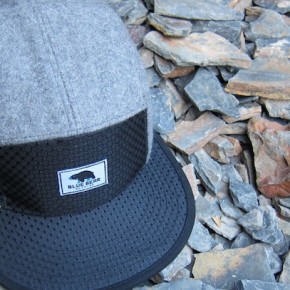 Blue Bear Outside 5-Panel Cap
Blue Bear Outside 5-Panel Cap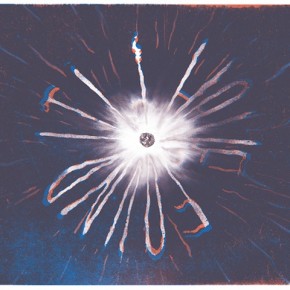 Fifty and Fifty: The State Mottos Project
Fifty and Fifty: The State Mottos Project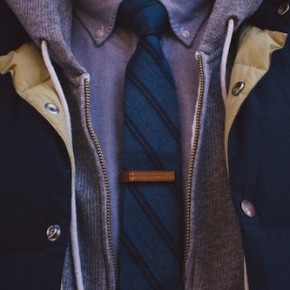 Making It: Ellsworth & Clyde
Making It: Ellsworth & Clyde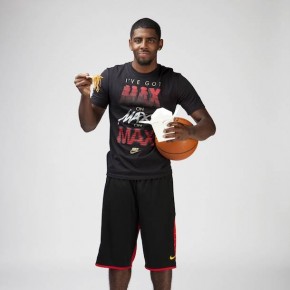 Kyrie Irving’s Commercial For Foot Locker
Kyrie Irving’s Commercial For Foot Locker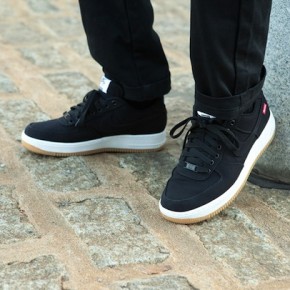 Supreme x Nike Air Force 1
Supreme x Nike Air Force 1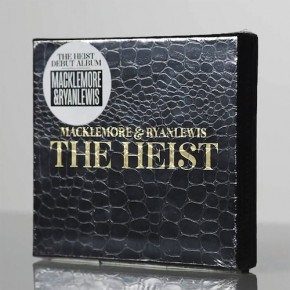 This Is Why I Still Buy CDs
This Is Why I Still Buy CDs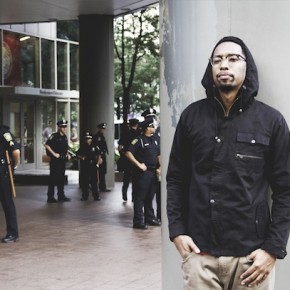 Akomplice Fall 2012 Collection
Akomplice Fall 2012 Collection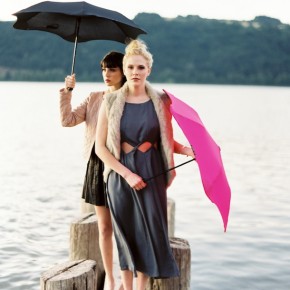 Making It: Blunt Umbrellas
Making It: Blunt Umbrellas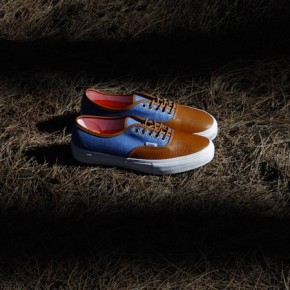 KICKS/HI x Vans Vault Authentic LX
KICKS/HI x Vans Vault Authentic LX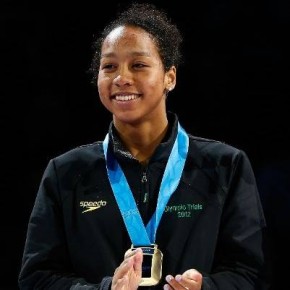 Making It: Lia Neal
Making It: Lia Neal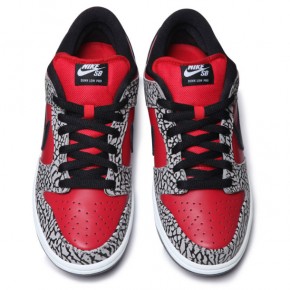 Supreme x Nike SB Dunk Low
Supreme x Nike SB Dunk Low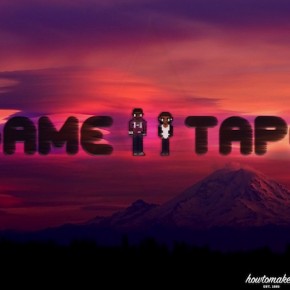 How To Make It Presents: Bardo “Game Tape” Mixtape
How To Make It Presents: Bardo “Game Tape” Mixtape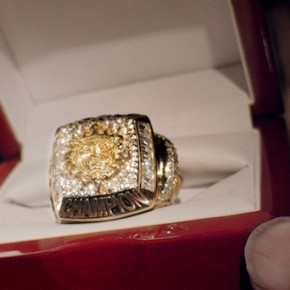 The Ring Maker
The Ring Maker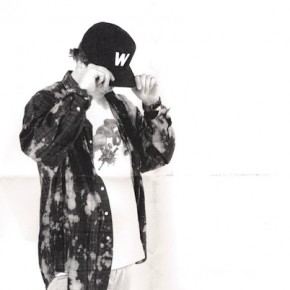 WINWEL Spring/Summer 2012 Collection
WINWEL Spring/Summer 2012 Collection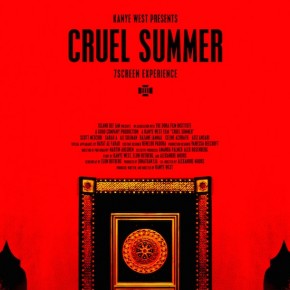 Kanye West Presents: Cruel Summer
Kanye West Presents: Cruel Summer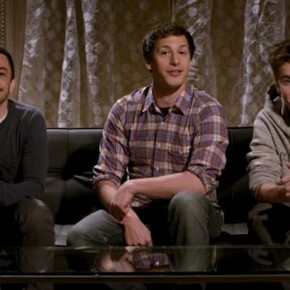 The 100th SNL Digital Short
The 100th SNL Digital Short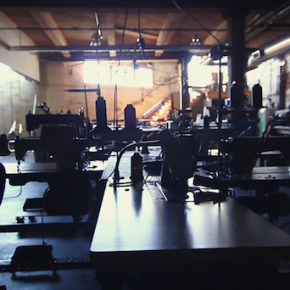 Making It: Tanner Goods
Making It: Tanner Goods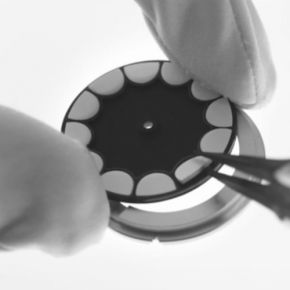 The Making Of: KAWS x Ikepod Horizon Watch
The Making Of: KAWS x Ikepod Horizon Watch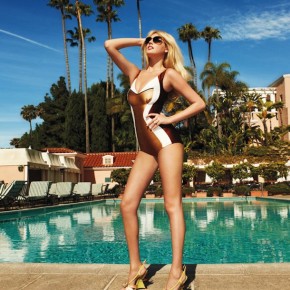 Photos: Kate Upton by Terry Richardson
Photos: Kate Upton by Terry Richardson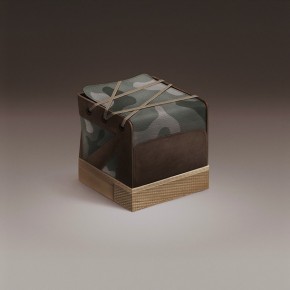 Sneakercube by Pawel Nolbert
Sneakercube by Pawel Nolbert




3 comments
Sourabh says:
Mar 28, 2012
❤
Katherine Phillips says:
Mar 30, 2012
Great interview. I learned info about an environment I had not thought too much about. Well done.
Sheila Anderson says:
Apr 2, 2012
I think Sebastian and his partner are incredibly brave and committed people. We hope their learnings will have a positive effect on those who discount global warming.